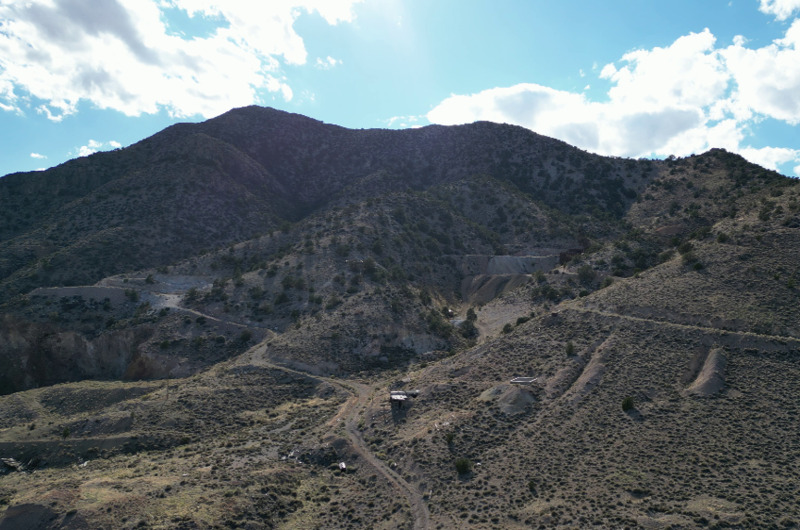Frisco and the Horn Silver Mine

The city of Frisco, Utah is just a ghost town now, with most of its remains carried away by scavengers and the leftover pieces strewn across the ground. But in 1885, it was the largest settlement in the southern Utah Territory. At the peak of the mining boom it had a population of around 4,000 people, at a time when less than 1,500 people lived in St. George. During the 1880s, prospectors extracted about 1.5 million troy ounces of silver from the Horn Silver Mine on a yearly basis. It also gained a reputation as one of the wildest towns of the West, populated by desperate and violent characters and scoundrels looking to make a quick buck.
Frisco, named for the San Francisco mountains which it borders, saw prospectors making claims in the area as early as 1871, but it was the discovery of the Horn Silver Mine in 1876 that sparked the biggest mining rush since the discovery of the Comstock Lode. According to legend, two prospectors stopped for lunch near a limestone outcropping of Grampian Hill, and one of the men tapped on a small boulder with his pick, accidentally breaking a large chunk of rock free. To his surprise, the rock was filled with silver so soft he could cut it with his knife.
The Horn Silver bonanza created a powerful draw for men looking to find a claim of their own or those that sought employment within the huge mine and its related processing works. Even though the trans-continental railroad was completed in 1869, Frisco and the Horn Silver mine remained disconnected from the railroad for their first five years, and conditions in the region were largely inhospitable. The water from the San Francisco Mountains is muddy, and streams and springs flow only seasonally, so Frisco was forced to shipp its water supply from Milford, 15 miles to the southeast.With limited access to coal and charcoal, investors built great charcoal smelting plants to make fuel. In addition to the five great kilns still visible from the highway, an additional 24 kilns are in various clusters northeast of town. While the remains of these kilns look like primitive, oversized stone beehives, the kilns are the surviving parts of sophisticated plants once filled with cutting-edge 1880s equipment: blowers, boilers, steam engines, and a reverberatory flue-dust slagging furnace. When the mine closed down, the investors removed and recycled the steel and iron equipment, and left only the heavier stone kilns.
The need for workers to operate the mines and their supporting operations brought all kinds of characters to town, and the streets filled with saloons and brothels. The local newspaper editor, Charles King, described the town as “Dodge city, Tombstone, Sodom and Gomorrah, all rolled into one.”
The most repeated story of Frisco violence concerns Sheriff Pearson, who allegedly took the job to clean up the town’s wild ways. Instead of building a jail and setting up a traditional justice system, Pearson threatened the town’s miscreants with exile or a shootout. On his first night on the job, he allegedly shot six men, and would regularly dispatch a “meat wagon” to cart those who “died with their boots on” to their unmarked graves.The Horn Silver mine collapsed on February 12, 1885, bringing an end to the silver rush, and the town soon numbered in the hundreds rather than the thousands. Even though a new shaft was built at Horn Silver and the mine soon became productive again, the boom and the era of finding a million ounces of silver a year were over. The mining works and the town slowly faded away, and in 1928, the last Friscoians left town. The mines, including the more recent King David shaft, continued work intermittently until 1952. The Horn Silver Mines company still “explores” the area for minerals, but the mines of Frisco have remained quiet for 80 years.
Images




